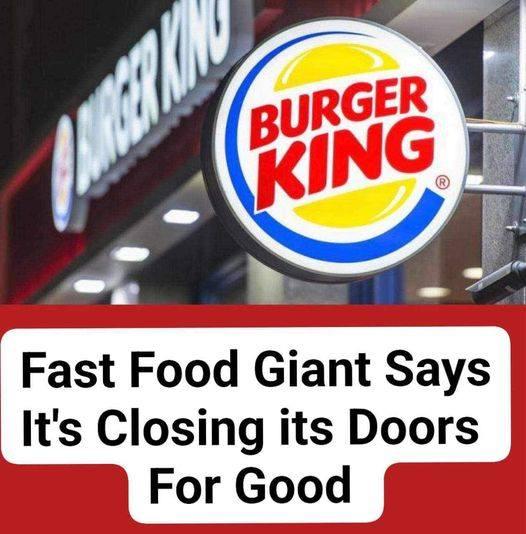
Burger King has set aside a luxurious $50 million over the next biennium to execute a comprehensive makeover across nearly 3,000 of its shops as a monument to its persistent dedication to modernity.
This complete rejuvenation process includes many improvements, from cutting-edge technical integrations to advanced culinary modifications to practical alterations that improve the overall customer experience.
Burger King effectively matches its services with the evolving expectations of contemporary consumers by embracing revolutionary concepts such as three-lane drive-thrus and pioneering delivery methods, ensuring that it remains at the forefront of the fiercely competitive fast-food sector.
Towards Burger King’s Prospective Trajectory
While navigating the complicated contours of this transformative journey, Burger King will face a mix of internal and external difficulties, each with its unique peculiarities. The epidemic exposed flaws in the company’s digital infrastructure, emphasizing its struggle to implement digitalization seamlessly.
This hampered its ability to manage the growing demand for online orders and doorstep deliveries. Furthermore, the venture into experimental menu items, exemplified by the Impossible Burger, provided its unique set of issues requiring competent and meticulous navigation.
However, amid these strategic closures, a light of hope appears in the form of a solid 8.7% increase in comparable sales for the first quarter of 2023.
This improving trend is a heartwarming witness to the success of Burger King’s astute strategies, which include a streamlined menu offering, prudent rebranding activities, and targeted closures of underperforming locations.
In a market where it competes with culinary behemoths like McDonald’s and Wendy’s and newcomers like Five Guys and Shake Shack, Burger King’s strategic gambits take on added weight.
Burger King forges a persistent route to recapture its market share and fundamentally redefine its place within the fast-food sector by embarking on a revolutionary journey encompassing identity realignment, menu refinement, and immersive eating experiences.
A Confluence of Transformation and Refinement: The Closure Gambit
Burger King’s deliberate choice to start on a broad series of closures has ramifications beyond simple operational reconfigurations.
This pivotal moment reflects a delicate dance toward brand redesign, operational streamlining, and an uncompromising commitment to improving the patron’s experiential encounter.
This tremendous change is taking place against the backdrop of a watershed moment in the history of the fast-food environment. Burger King expertly places itself on the verge of a spectacular rebirth as consumer gustatory preferences evolve.
Burger King assumes the mantle of an industry innovator, set to disrupt conventional paradigms and pave the way for an exhilarating new era, buoyed by the ripples of its rebranding campaigns, deliberate investments in modernization, and the intentional closure of underperforming pockets.
